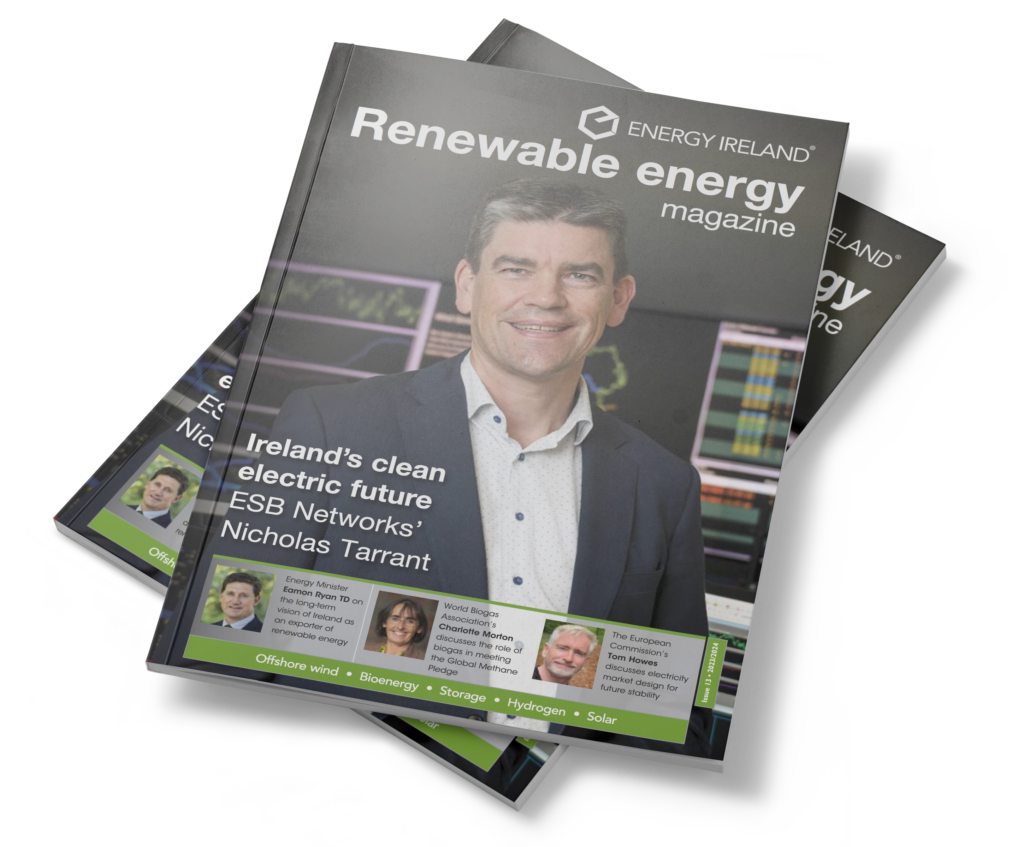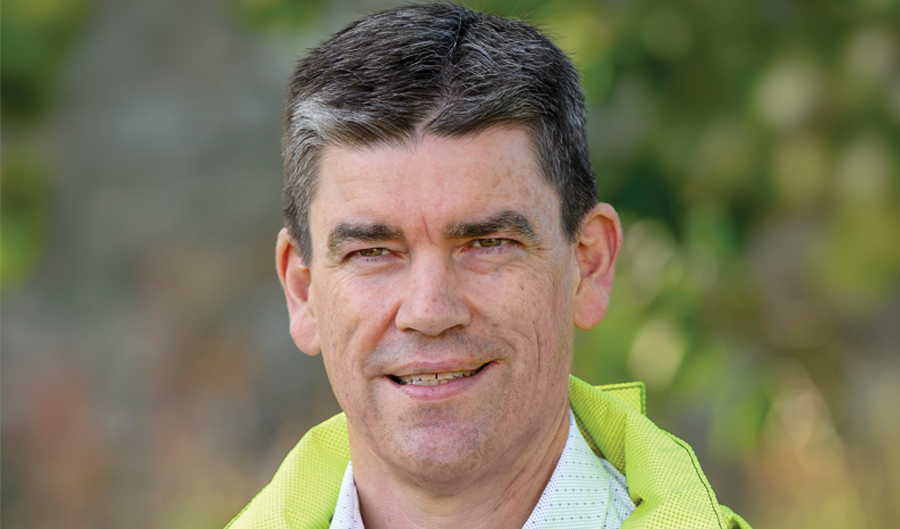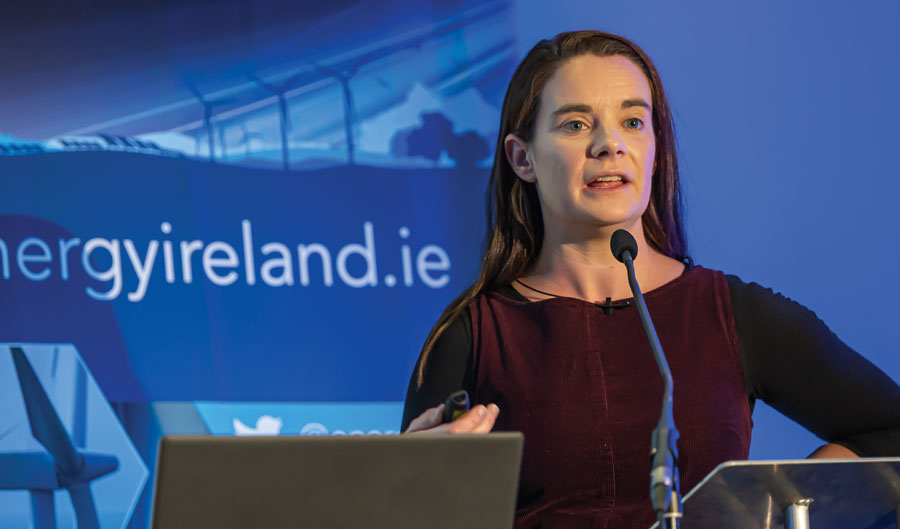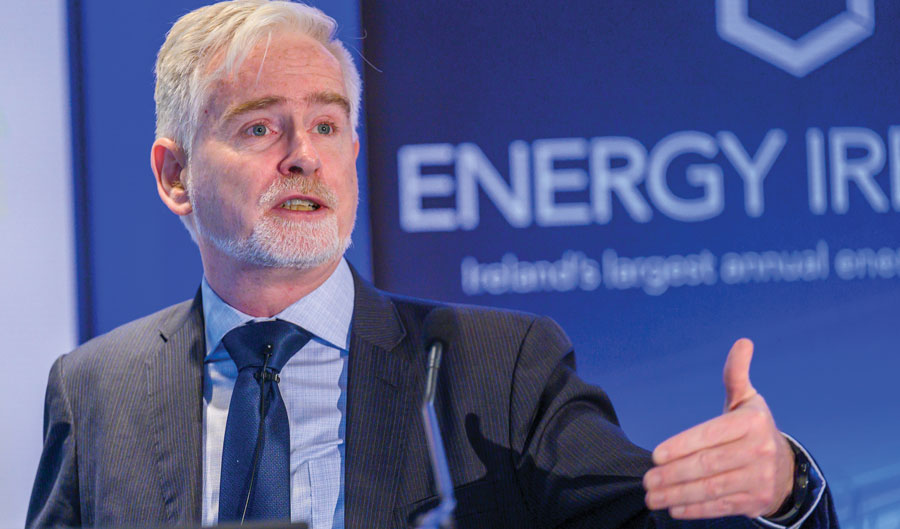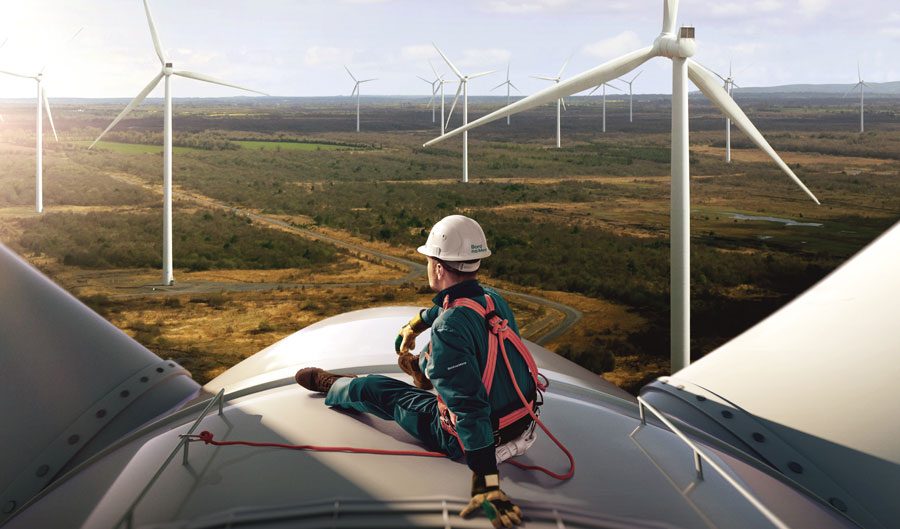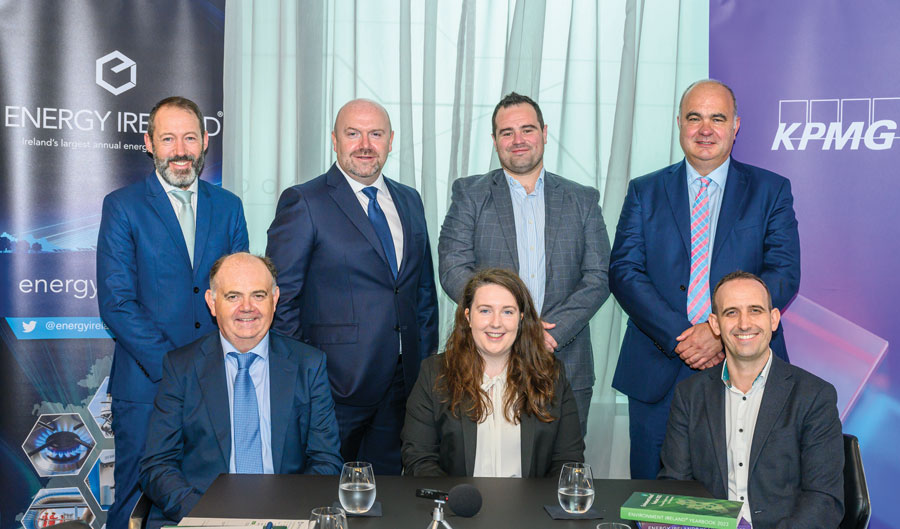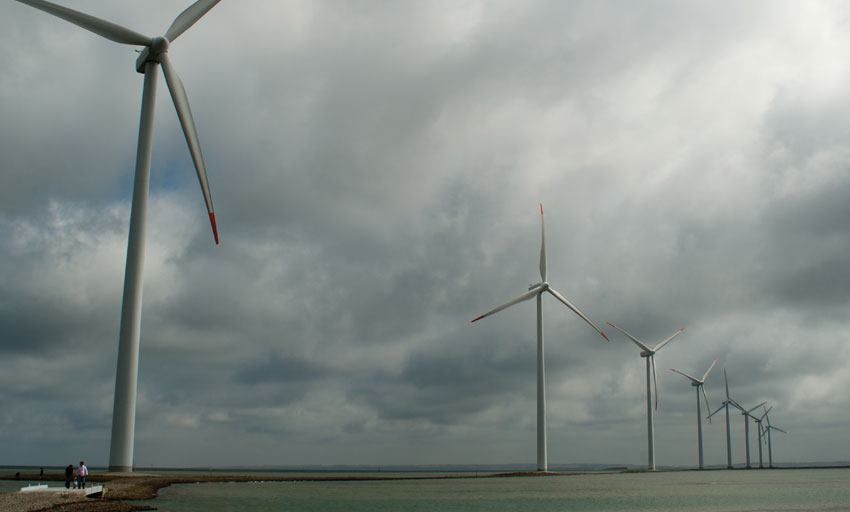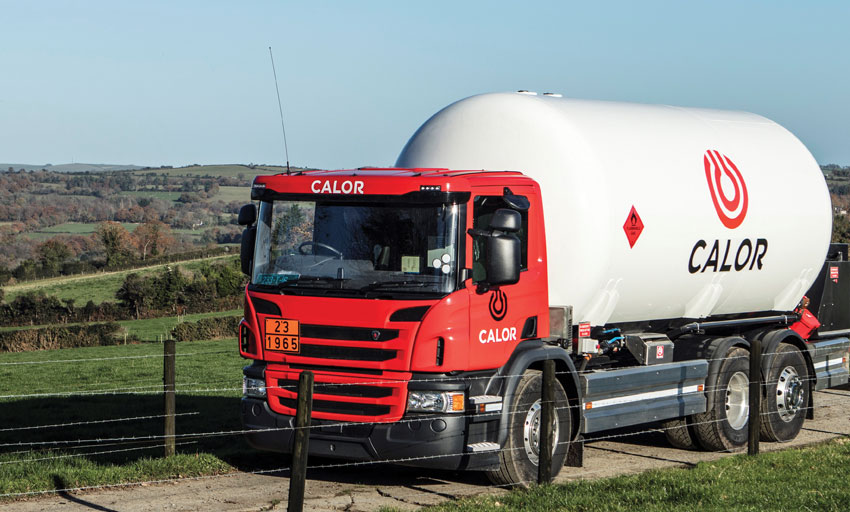Renewable Energy Magazine 2023
Ireland’s decarbonisation transition is predicated on the heavy lifting being done by wind energy, both onshore and offshore, but the implementation of carbon budgets and sectoral emissions ceilings has offered a firm insight into the necessity of those technologies previously regarded as being on the fringes.
Early analysis shows that the State has spent almost half of its carbon budget in the initial two years of the first five-year period, necessitating a significant reduction in carbon emissions over the remaining years.
Clearly, the realisation of net zero ambitions will require a rapid acceleration of renewable energy technologies, spearheaded by renewable electricity to assist with the electrification of heat and transport.
However, the provisional results of RESS 3, which point to a lower volume of renewable energy and higher prices than the previous auction, highlights that more needs to be done to facilitate this acceleration, particularly in relation to planning delays.
Decarbonisation requires more than renewable generation at scale, it requires a diversity of technologies, the upgrading of infrastructure, and system flexibility. Biomethane, for example, now has an elevated role reaching those hard to abate sectors. Solar PV and storage are recognised not only as a source of renewable electricity, but as a key enabler of consumers, industry, and agriculture to play their part in the transition.
Crucially, these ‘fringe’ technologies are now being advanced in recognition of their role in ensuring security of supply.
The 2023/2024 edition of the Renewable Energy Magazine explores in detail the role of renewable energy in Ireland’s decarbonisation journey so far, and the technologies and policies driving the net zero agenda.

